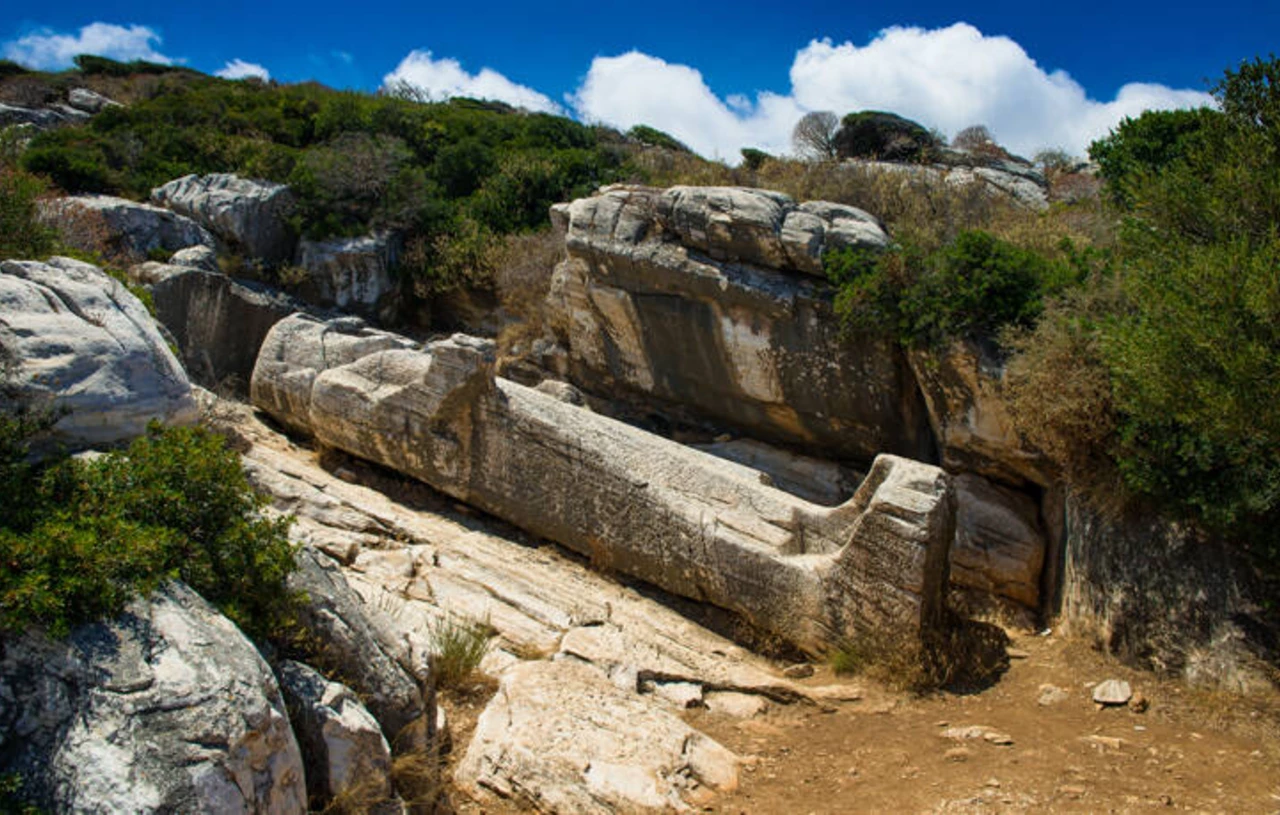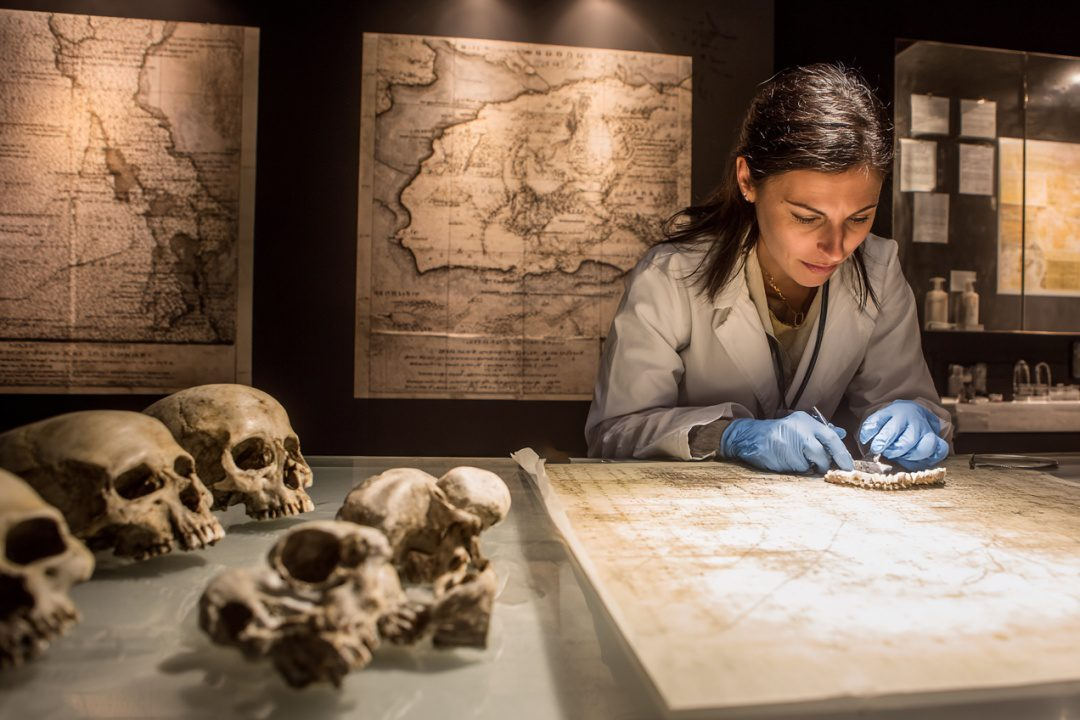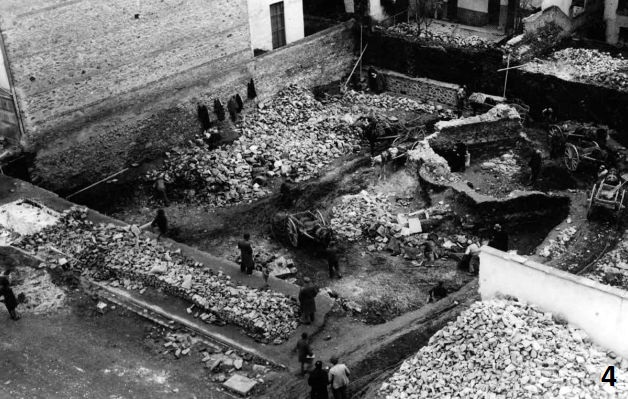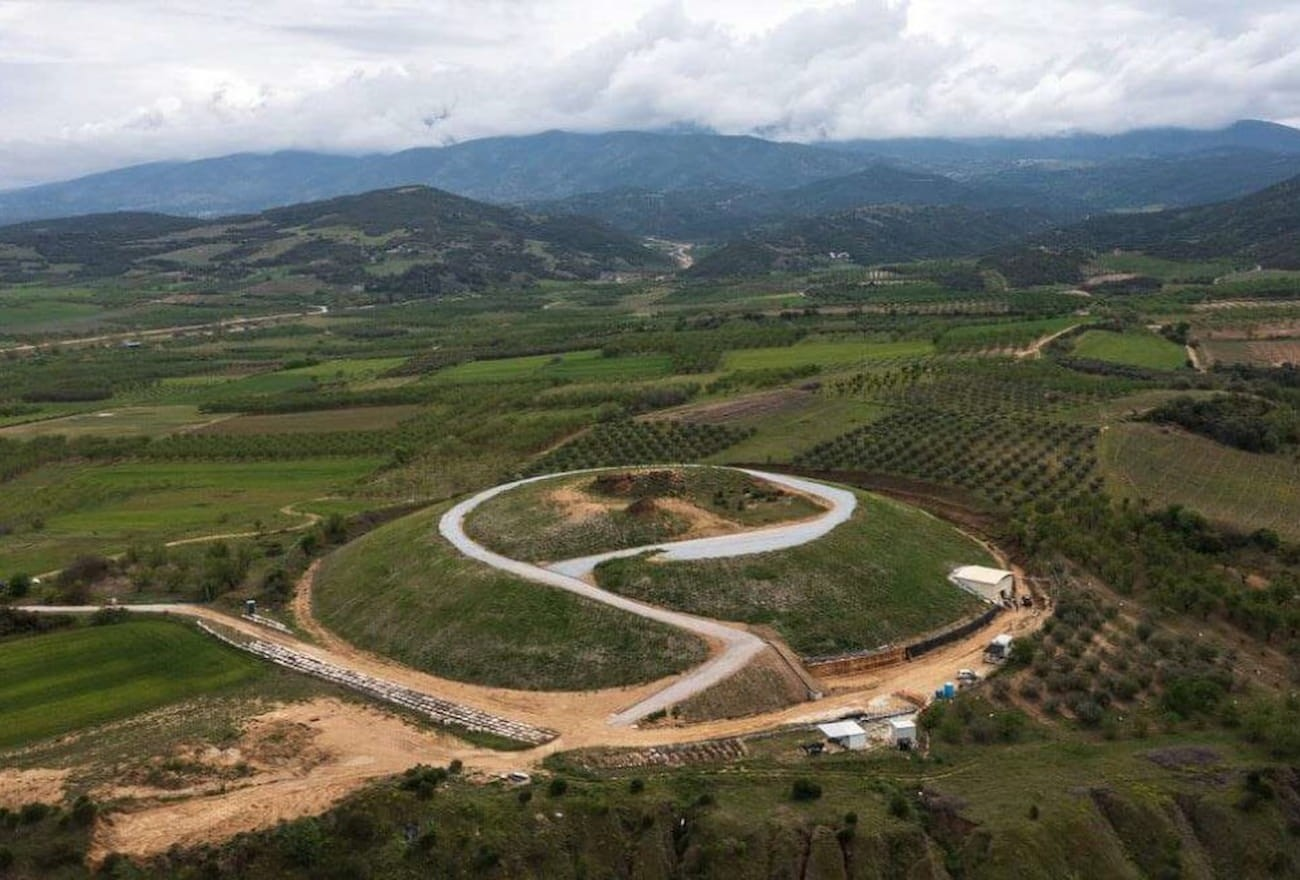"It's kind of a joke that sauropods don't have heads, because you almost never find a head," Lacovara said. "When they die, their heads pop off and you don't find them."
When the dinosaurs roamed
Dreadnoughtus lived about 77 million years ago, during the Late Cretaceous. The planet was likely warm and ice free, meaning that ocean levels were about 200 feet (61 m) above what they are today, Lacovara said. Flowering plants blossomed everywhere.
Australia, Antarctica and South America were still connected during this period. In fact, fossils can help researchers piece together how the continents were joined together in the past. It's too difficult to dig for dinosaurs in the Antarctic ice, but Lacovara said he wonders if Dreadnoughtus fossils could be found in Australia — a project for another time, he said.
Still, complete skeletons of super-massive dinosaurs — those weighing 40 tons or more — are rarely found. At 65 tons, Dreadnoughtus is 85 feet (26 m) long, and two stories high at its shoulder. Estimates of the weight and length of other super-massive dinosaurs are typically based on only a handful of bones, the researchers said.
For example, estimates for the size of the Argentinosaurus, one of the largest dinosaurs on record, are based on just 13 of about 250 bones from its skeleton, Lacovara said.
He speculates that the two Dreadnoughtus dinosaurs found in Argentina died when a river flooded after suddenly breaking through a natural levee. This would have turned the ground into a soupy mess of sand and water, and led to the rapid burial of the dinosaurs.
"This needs to happen before the bones are heavily scavenged and/or break down naturally," Salisbury said. "I suspect that in most instances, the carcasses of some of the larger sauropods were just so big that unless they were in the right place at the right time, their carcasses were probably heavily scavenged, and in most instances, large parts of the skeleton probably never got preserved,"
The large Dreadnoughtus dinosaur has a few tooth marks on its vertebra, likely from a meat-eating scavenger that chewed on the dinosaur around the time of its death, the researchers said.
"If you put 65 tons of meat on the table, some scavengers are going to show up," Lacovara said. "We have some teeth of the meat[-eating] dinosaurs. They typically lose teeth as they feed."
"But," he added, "it's not the kind of injury that would kill Dreadnoughtus. It looks like something you would put a Band-Aid on."
Further analysis of the bones suggests that the large Dreadnoughtus was not yet fully grown. The shoulder bones are not fused together as they would be in a mature adult, and a section of the fossils show that the animal's bone-growing cells look like that of a youthful individual, Lacovara said.
The team did a "great" job examining the bones — which they scanned into 3D PDF files that are available to the public — and fitting them into the dinosaur family tree, said Patrick O'Connor, professor of anatomy at Ohio University in Athens, Ohio
"Many people are going to be very excited to see a dinosaur this complete coming out," O'Connor said. "A lot of times, we'll have a dinosaur based on a humerus or a couple parts of a vertebrae. This is a great because it's a lot of material to work with."












